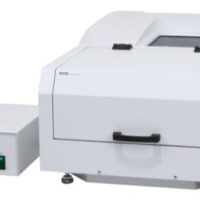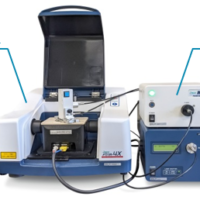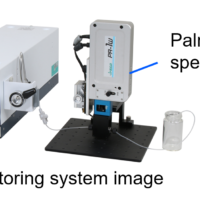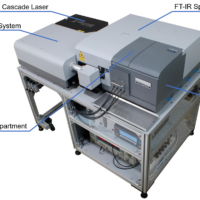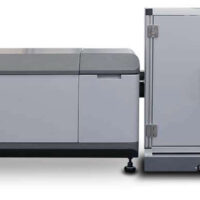Introduction
< Key Points >
The JASCO UV/Vis/NIR microscopic spectrophotometer enables highly accurate measurement of the reflectance of microlenses, which is difficult with conventional spectrophotometers.
Microlenses are used for applications such as smartphone cameras, LiDAR for in-vehicle cameras, and medical endoscopes. In order to evaluate the performance of anti-reflection (AR) coatings used with microlenses, it is important to determine the reflectance in the wavelength range appropriate for the application. However, because microlenses are extremely small and have curved surfaces, it is difficult to accurately measure the reflectance using conventional spectrophotometers, whose spatial resolution is millimeters or more. In this report, we present measurement results for the reflectance of microlens surfaces with AR coatings, using a UV/Vis/NIR microscopic spectrophotometer. Since the microscopic spectrophotometer can perform measurements within a spot size on the order of micrometers, small curved regions of the microlens surface can be approximated as being flat. Furthermore, we show that the combination of a low-stray-light monochromator and confocal optics enables accurate measurements of reflectance values of 0.1% or less, without being affected by back reflection.
Experimental
Sample
Convex surface of aspheric microlens (Figure 1)
Dimensions: 1.0 mm x 1.0 mm x 0.7 mm
Effective diameter: 0.7 mm
AR coating for visible light range (average reflectance of 0.5% or less)

Fig. 1 Aspheric microlens a) external view, b) side view
System
Instrument: MSV-5500 UV/Vis/NIR microscopic spectrophotometer (Figure 2)
Objective lens: 16x Cassegrain mirror
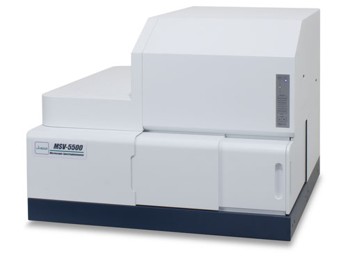
Fig. 2 MSV-5500 UV/Vis/NIR microscopic spectrophotometer
Parameters
Inner aperture: ⌀30 µm
Outer aperture: ⌀30 µm
Wavelength range: 400 nm – 700 nm
Keywords
Microlens, reflectance, UV/Vis/NIR microscopic spectrophotometer, microscopic spectrophotometer, AR coating
Results
Figure 3 shows the reflectance measurement results for the convex surface of an aspheric microlens.
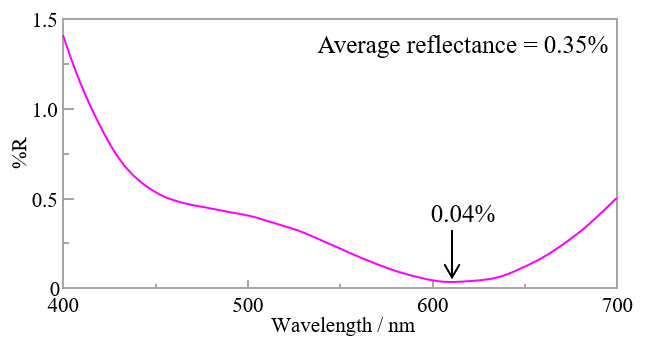
Fig. 3 Reflectance spectrum of aspheric microlens
An aluminum mirror was used as a reference during the measurement. The reflectance values were corrected and converted to absolute reflectance. The lowest reflectance obtained was 0.04% at a wavelength of 610 nm. The average reflectance over the wavelength range from 400 nm to 700 nm was 0.35%, which meets the catalog specification (< 0.5%). Approximating the measurement area as a plane provided acceptable results. Additionally, using a microscopic spectrophotometer with a low-stray-light monochromator and confocal optics allowed highly accurate measurements of reflectance values of 0.1% or less.
Conclusion
The use of a microscopic spectrophotometer has made it possible to measure the surface reflectance of microlenses, which is difficult using a conventional spectrophotometer. Spectroscopic analysis using this instrument is not limited to aspheric microlenses, but can also be applied to reflectance measurements of the curved surfaces of microscopic samples smaller than 1 mm, as well as low-reflectance measurements of the surfaces of samples with AR coatings.

